While I can’t exactly deem myself an expert, I’ve played more than my share of independently made adventure games in my time, from the silly to the shocking. Most of these games are fun and quite a few of them contain unique ideas. I support the many individuals that put forth the incredible effort to produce them, for free no less.
That being said, it is rare that I am blown away by the sheer style of an independently produced game, nor do I expect to be. These are games made at the developer’s expense, often for little or no return. If the graphics are comprised solely of clipart, then so be it; adventure gamers have always been ones to overlook flashiness anyway.
A Tale of Two Kingdoms simply blew me away. I know money shouldn’t be a measure of quality, but here is an independently produced game available for free that I could have easily shelled out 30-40 dollars for back in the middle-late 90’s. Heck, I could do so today if I hadn’t already shelled out more than that much for Dreamfall (but enough about me…)
AToTK has been turning heads since its release, so much so that it is a wonder that I hadn’t heard of it until recently. A screenshot of it appeared in Games for Windows Magazine. It has won 4 Adventure Game Studio awards and the accolades of many game critics. The game was also featured in PC World magazine, in an article that poked fun at its low-res graphics but admitted it had a certain charm.
I’m going to go so far as to say that this game represents a sea change in independent adventure games and may be the most important indie game of recent years. Why? Because AToTK is a pitch perfect throwback to the heyday of Sierra On-line, a golden time when men were men and a computer game could get by on storytelling and esoteric puzzles alone. If you’ve been keeping up with the indie adventure game scene, you may shrug and say, complete with quotation marks, “So? Anonymous Game Developers Interactive has already put out ‘remakes’ of the first 2 King’s Quest games, and using the graphics and icon interface we all know and love (and with voice actors, no less). What does AToTK bring to the table?”
Well, for a start, it isn’t a remake of an existing Sierra game, but an original production with its own plot, characters, and music. It also proves that a time-honored format that many of us geeks wistfully pine for can be successfully married with new material. If it isn’t the first of its kind, it’s still a milestone. Its hefty download time can be excused by the facts that a) it’s free and b) its brilliant.
The main inspiration for AToTK seems to have been Sierra’s King’s Quest series, both visually and story-wise. Apparently, you see, there are these two Kingdoms, Qualinem and Theylinn, who were at war for many years. Eventually, the war ended when the vicious King Vortigern of Theylinn was defeated by a trio of heroic Qualinemians: Lady Branwyn, the mercenary warrior woman, Taleisian, the wise and plucky bard, and Maeldun Whiteblade, the dashing leader of men, armed with a quick wit and his father’s magic belt. Guess which one you play.
The game begins after the end of this war as Whiteblade and his companions are celebrating their victory. Suddenly, they are summoned to Theylinn to assist with a dire political situation. You see, just as Theylinn has rebuilt itself it has come under threat of a marauding army of goblins, camped around its borders and waiting to lay waste to it. Maeldun reluctantly agrees to return to Theylinn and discuss the matter with Vortigern and other notable Theylinnians. Despite his apprehension, Whiteblade is determined to help, because if Theylinn falls to the goblins, Qualinem may as well. The game is divided into eight chapters, with the first beginning as Maeldun arrives at Vortigern’s castle, allowing the player to get a feel for the general game mechanics.
Soon, however, (SLIGHT SPOILER ALERT) Vortigern is murdered, and the crime is pinned on Maeldun, who, of course, happens to be in the wrong place at the wrong time. You must then help Maeldun escape Theylinn without being seen and rejoin your friends, who are camped nearby. Your goals are to save the city, clear your name, and root out the evil threatening Theylinn. There is also the matter of Thierna na Oge, the mythical kingdom of the fairies (the correct term is “fair folk”) that is said to lie somewhere within the kingdom. Could they be real? And if they are, will they consent to help a mere mortal?
The plot may, at first, seem a little more inspired by “serious” fantasy fiction than the fairy tale world of King’s Quest (I don’t recall any Daventry resident ever using the term “fait accompli”) but things become more whimsical once you reach the third chapter. At this point, things also get a little more open ended, and the game’s key features kick into play: optional side quests and multiple puzzle solutions. Do you attempt to retrieve your belt, which has been confiscated from you and put on sale? Go up against a fearsome giant in a trial of strength? Help the love-struck young stable boy pursue his dreams? It’s entirely up to you. You don’t even need to find out who murdered the king to finish the game. Elements of the plot, like a few of the side quests, may not be entirely original, but they are all combined in a way that works. It does more than work, actually; it encourages many re-plays, as there are five different possible endings as well as those alternate solutions I mentioned, so you may find yourself saving your game, solving a puzzle, restoring and solving it again just to see what happens. In this way, the plot of AToTKis far more complex than your average King’s Quest, and more engaging than a typical save-the-princess storyline (though there’s a little of that thrown in too). Because of this complexity and variability, I give the plot an A.
AToTKwas made using the popular Adventure Game Studio engine. The interface is standard and will be instantly recognizable to any Sierra fans, and easily mastered by newcomers. You control Maeldun using four cursor icons, one each for moving, examining, talking and manipulating things. There is also an icon for your inventory, which is unlimited (though Branwyn can hold items for you) and one for the control menu for the game. All of this is accessed through a pretty task bar that only appears when you move your mouse to the top of the screen. Each of the icons is also animated, which is a nice touch.
There are two main features in the interface of AToTKthat are unique. One is its scoring system. Instead of the traditional adventure game scoring system that awards you points for solving puzzles, AToTK gives you two types of points: honor points and wisdom points. Wisdom points are awarded when you do something intelligent or crafty, like solving a puzzle, and honor points when you do something noble. This adds an interesting dimension to puzzle solving, as it is often possible to complete a task in a way that gets you more wisdom but less or no honor. There are even ways of losing honor points by doing disgraceful things (like killing people unnecessarily).
The other neat aspect comes in the dialogue. Dialogue resembles the conversation trees of Lucasarts games (though you can die by saying the wrong thing to the wrong person, so be careful). In some cases, you can ask people you are talking to do something for you, and if they trust you enough/aren’t doing anything else, you can temporarily control them using a more limited version of the normal interface, making them examine things and even accessing their inventory, if they have one. This is quite handy, as the perspective of other characters could give you a clue (or at the very least, provide some cheap amusement). The interface improves upon a tried-and-true system and gets an A+.
The music deserves a special mention, as there is apparently over 70 minutes of MP3 on the game’s soundtrack, and it is all excellent. From the serene guitars heard in the forest, to the menacing piano on the outskirts of the goblin camp (make sure you listen to this whole track-great vocals!), the music is always appropriate and engaging, and is among the best music I’ve ever heard in an independently produced game. It definitely beats midi files. The sound effects are less noticeable because they are so well integrated with the action and used convincingly. The audio earns an A+.
One of the greatest frustrations to be had with the classic Sierra adventure games was what I like to call the Screw-up Factor: namely, the chance that some item you would need or some event you would have to set in motion could be missed, thereby dooming you to failure later in the game. Since many of the puzzles of AToTK have multiple solutions, this isn’t as much of a problem with the general plot of the game. Usually, there’s at least one way to proceed with a certain puzzle, so if you forget to get one item or complete a certain side quest, there’s still another route open to you. It is, however, possible to get stuck in one of the many side quests, and there is one item in Chapter One in particular that is required to complete two side quests later on. My advice would be to try and play through the game once without a walkthrough just to beat it (if you can), and then do it again (and again, and again) with a walkthrough in hand and see all that you missed.
Most of these multiple solutions
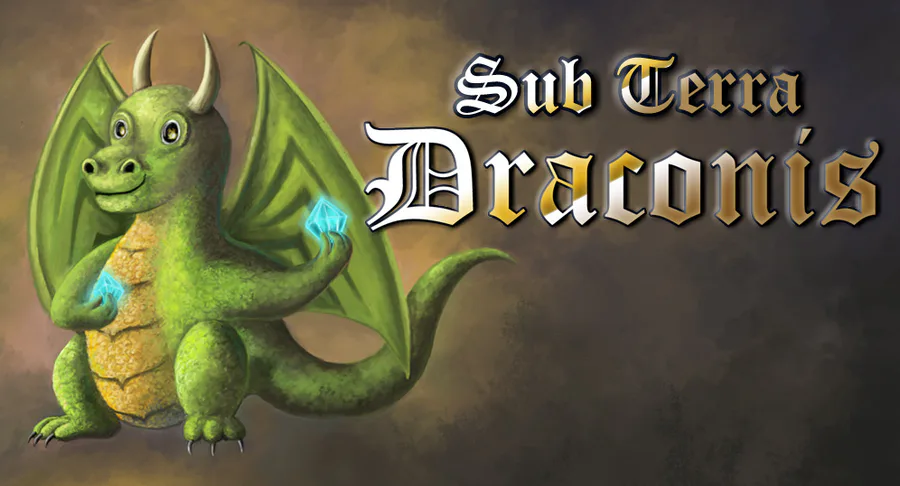
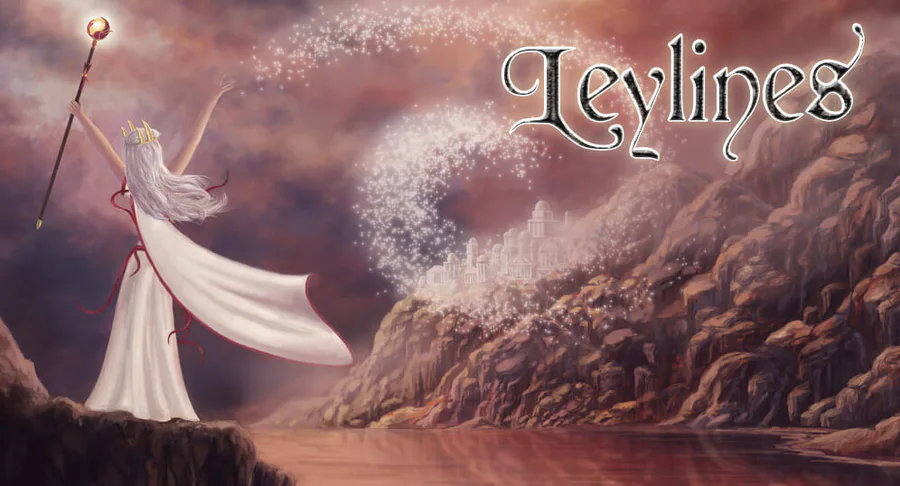
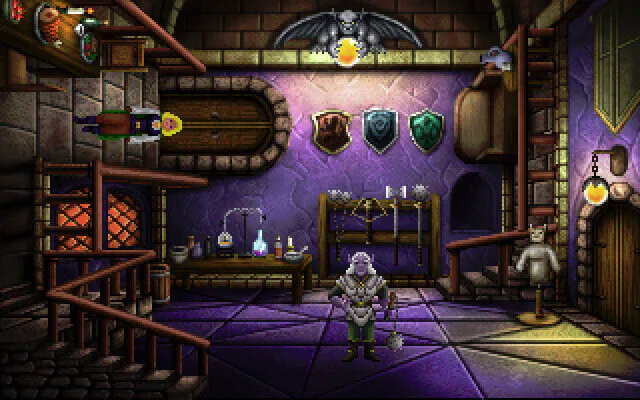


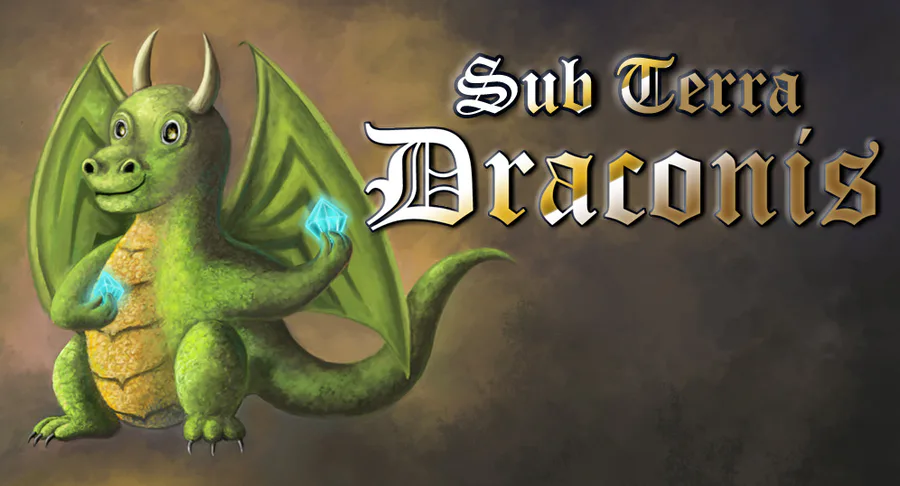
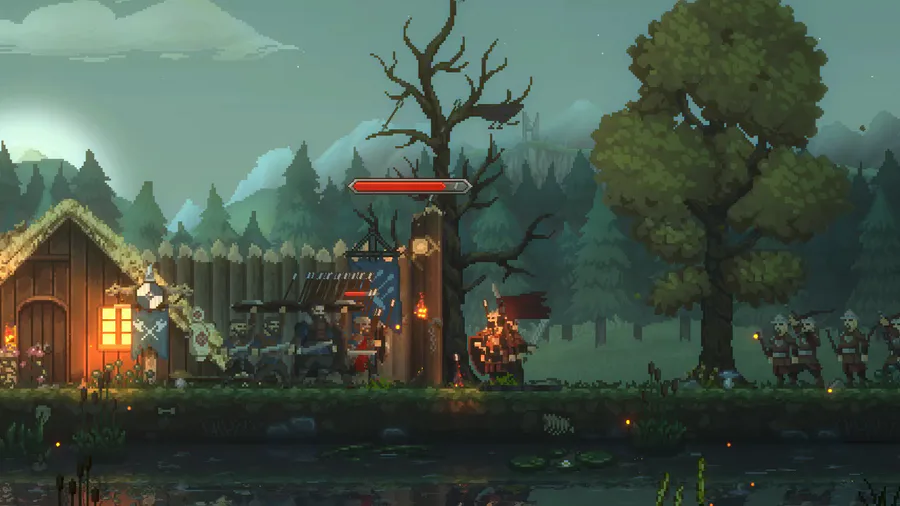

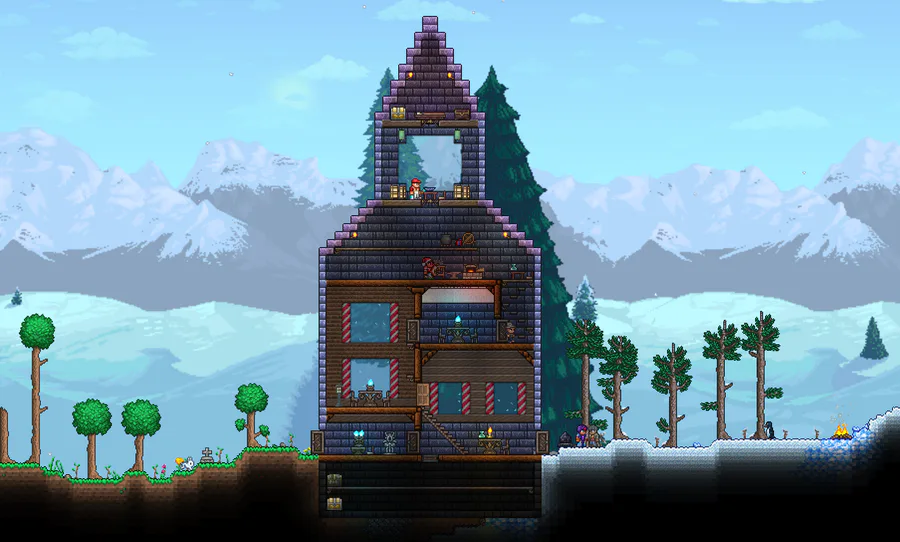
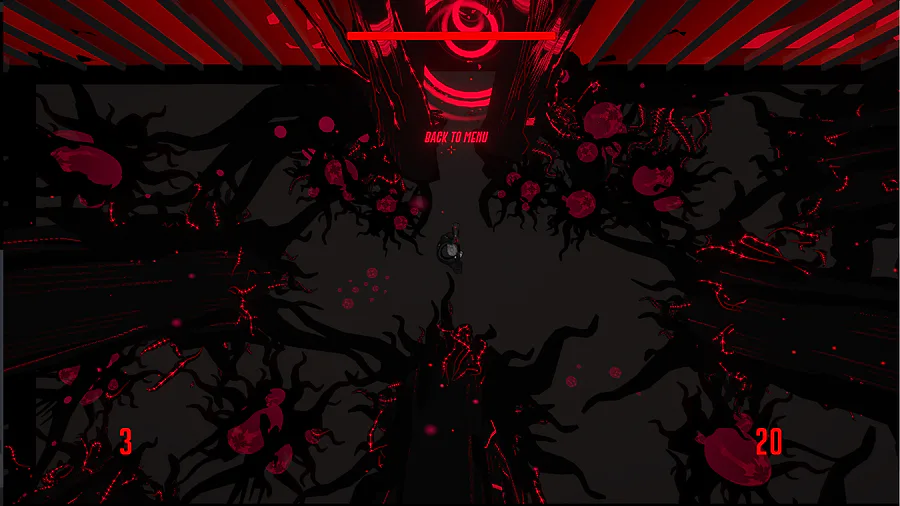
0 comments